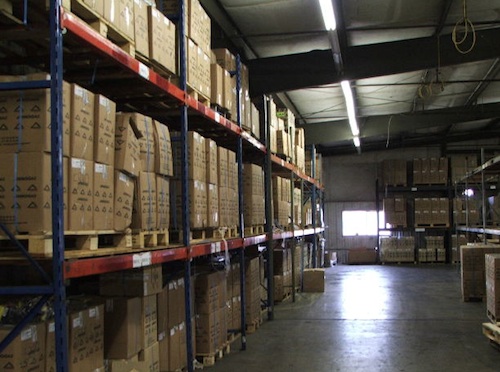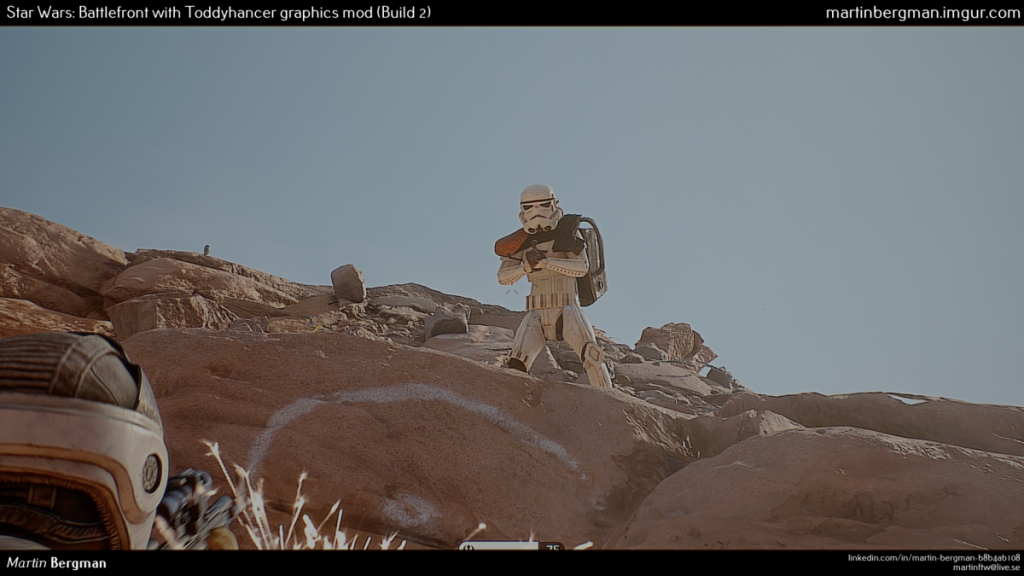
Back in my earlier days, I wrote software for many different companies. From complete system solutions to quick fixes, there aren't many platforms that I haven't gotten first hand experience with. But I think some of the the most challenging and rewarding software to write is that of warehouse management.
The right warehouse management software can turn an empty warehouse into a functional, thriving business solution. To accurately keep the wheels turning, the solution must provide real time feedback and reporting. Without the ability to see an instant snapshot of the warehouse at the moment, the capacity to fit in business opportunities may be lost. This area alone is a popular point of focus for third party logistics software.
Good warehouse software must also be modular, allowing it to adapt to your needs. Another aspect of warehouse software that must be addressed is the ability to support the physical data collection units that you will find in the typical facility. For example, you will probably need the capability to support barcode scanners and perhaps inventory tags.
A good warehouse software package must also support the all-important branding for the customer's company. All printouts, correspondence, and reporting definitely needs to have the company logo and other important details.
With all of these needs and more, what would I suggest companies to do? Simple – look to the clouds. While in past the only real solution to a company needing a customized warehouse software solution was to build it, today there are companies offering such packages available as a cloud solution. The package can even be bought as an economical monthly subscription from 3pl, allowing the customer to get up and running in record time. Having lived through the process of building a customized solution, I think I can easily say – it doesn't get any easier than this. Long live the Cloud!
Barcode Reader
A barcode reader (or barcode scanner) is an electronic device for reading printed barcodes. Like a flatbed scanner, it consists of a light source, a lens and a light sensor translating optical impulses into electrical ones. Additionally, nearly all barcode readers contain decoder circuitry analyzing the barcode's image data provided by the sensor and sending the barcode's content to the scanner's output port.
source:wikipedia



